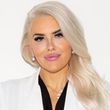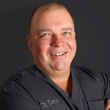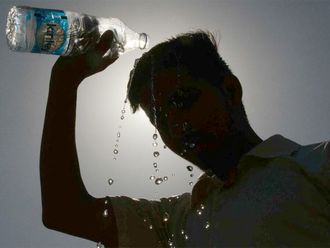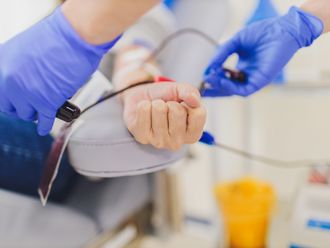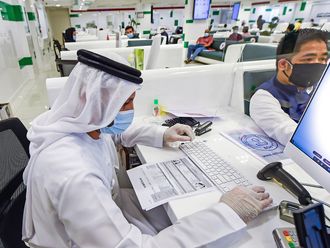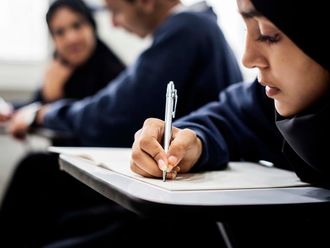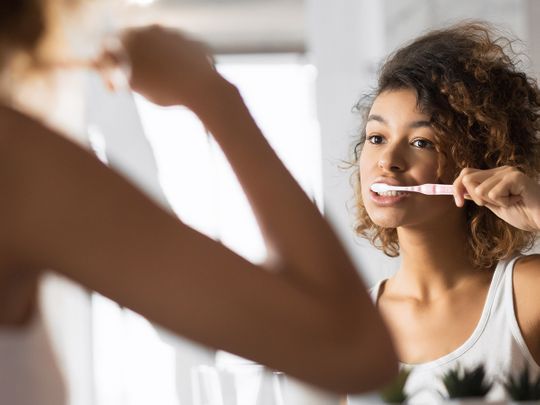
Spit, rinse and repeat – most people in the world add this step to their daily dental care routine after brushing with toothpaste. It is almost muscle memory for many of us (at least 62 per cent of the population) to do this, but is it actually beneficial for your pearly whites?
While it may seem counterintuitive, global health experts suggest ‘spit, no rinse’ as the best method to protect your teeth. A CNN report released in 2019 said that rinsing out your mouth with water or non-fluoride mouthwash immediately after brushing could increase chances of tooth decay by up to 25 per cent.
Also read
- Taping your mouth for sleep and other dangerous trends: Why do people blindly follow them?
- Travel hacks for UAE flyers: Want to grab cheaper airline tickets? Know these booking hacks for low-cost trips
- Losing weight without exercise? What you need to know about retatrutide obesity drug clinical trial
Why?
A report by the World Health Organisation in 2021 on the safe levels of fluoride in toothpaste states that all children above the age of six and adults should ideally brush with “a pea-sized amount of fluoride toothpaste without subsequent rinsing.”
The National Health Service in the UK echoes this and states that the best dental care routine involves spitting out extra toothpaste and saliva but not rinsing immediately after. The reasoning is that rinsing removes the fluoride left on the teeth when using toothpaste.
The fluoride protects teeth from decay and experts recommend waiting at least 10 to 20 minutes before rinsing with non-fluoride rinses or water.
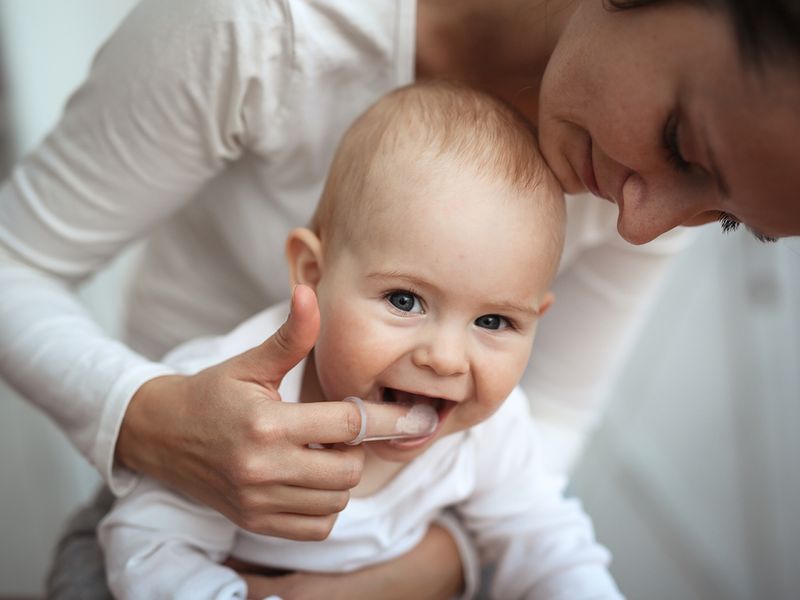
However, the practice of rinsing was reportedly propagated to avoid ingesting high amounts of fluoride, but this may be a misplaced fear since retail toothpaste brands are required to follow medical safety guidelines.
Safe levels of fluoride in toothpaste for adults, according to the WHO, is 1000ppm of fluoride and no more than 1500ppm of fluoride. Doctors may prescribe higher-strength toothpaste for patients with major tooth decay or other issues.
We spoke to dentists to understand what the best dental care routine should look like, and if rinsing is actually worse for our dental health.
Appropriate amount of toothpaste
Dr. Ahmed Shaz Palli Veedu, Specialist Orthodontist at Aster Hospital said, “If you choose not to rinse, it's essential to use an appropriate amount of toothpaste and avoid swallowing excess toothpaste.” Dr Ahmed listed fluoride protection and prolonged exposure as pros to remineralize and strengthen tooth enamel, and to protect against tooth decay.
He added that there are some cons to the practice as well. Some kinds of toothpaste may have irritating sulphates or cleaning agents. There is also the risk of excessive fluoride ingestion.
Dr Ahmed added, “Some people may find the residual toothpaste taste unpleasant or feel uncomfortable without rinsing.”
• For those who cannot use floss or interdental brushes, a water jet is a viable alternative too.
• Use an antiseptic mouthwash to kill bacteria and freshen your breath. Swish it around your mouth for 30 seconds before spitting it out.
• Ensure a healthy diet and reduce food and drink with high sugar content.
• Avoid smoking and restrict caffeine.
Prolonged contact is key
Dr Victoria Veytsman, a celebrity dentist based in the US, is all for the ‘no rinse’ method. She said, “Rinsing with water would wash away any helpful ingredients and fluoride that are beneficial for teeth. So brushing and then just spitting does suffice.
She added, "Allowing beneficial ingredients time to sit in your mouth and have more contact with the teeth would help their efficacy, especially overnight.”
“The key for effectiveness is prolonged contact.”
Dr Deon Hugo, Clinical Director at the Dental Studio JBR also recommends not rinsing after spitting out excess saliva and toothpaste.
He said, “Rinsing dilutes it [flouride] and reduces its preventative effects. There are also non-fluoride containing toothpaste that have hydroxyapatite in them that is also more effective if non rinsing occurs. If using a mouthwash, use between brushing times.”
When should children start brushing?
As soon as they get their first tooth, our experts concur. Dr Deon said, “I recommend brushing a child’s tooth as soon as the first tooth erupts which will normally occur at about 6 months of age with specific child toothpastes that do not contain fluoride so that no inadvertent ingestion of fluoride occurs.”
“Fluoride toothpastes can be used from the age of 2 years. A small amount of toothpaste, no larger than a pea (0.25 g), can be used up to the age of 6 years.”



